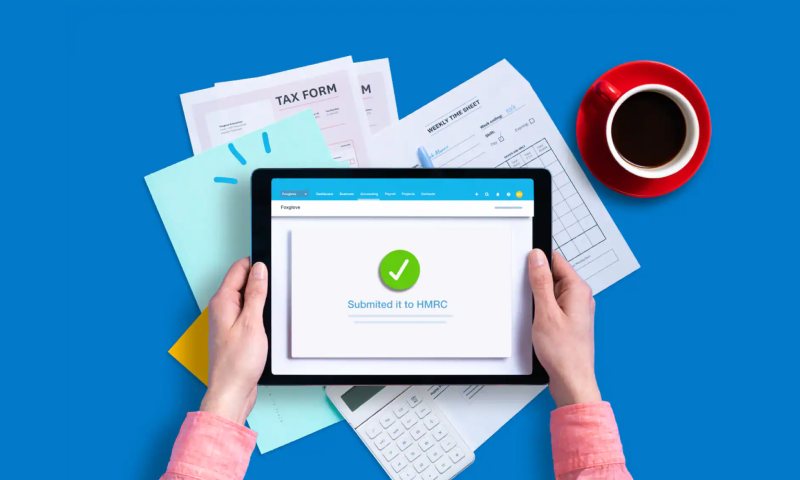Chapter 3
Creating your MTD for ITSA services
We give step-by-step advice on creating MTD for ITSA services for your client groups.

There are three different approaches to servicing your clients for MTD for ITSA, depending on how tech-savvy they are, and how much they are involved in their own bookkeeping. Think about which of the following groups your clients fall into.
1. Client wants their advisor to do as much as possible
- The business owner runs the business without any ‘formal’ bookkeeping processes.
- The advisor is/will be responsible for preparing and filing all tax returns.
- This includes preparing the business accounts using information collected from the business owner.
Impact of MTD for ITSA
- Your practice will need to assess fee structures and may require these kinds of clients to improve their record keeping or bookkeeping habits in order to keep their fees down, or consider increasing fees to manage the workload of MTD for ITSA.
2. Client wants to collaborate
- The client maintains business records to keep track of profit/loss throughout the year.
- The accountant or bookkeeper is responsible for preparing and filing the ‘year end’ tax returns.
Impact of MTD for ITSA
- Accountants and bookkeepers will want to formalise the record keeping process, moving the business owner on to software and encouraging more real time exchange of non-business information.
- You might encourage clients to prepare and submit the quarterly updates depending on their capability and/or fees structure
3. Client wants to self-manage
- Business owner already prepares their own tax returns without any guidance from their accountant or bookkeeper, and plans to file their own MTD for ITSA returns too.
- They may come to you for bigger picture advisory or other services.
Impact of MTD for ITSA
- Some business owners may seek advice from their accountant or bookkeeper about MTD for ITSA but it’s likely they will continue to self-serve when it comes to tax.
MTD for ITSA: Communications toolkit
Get your practice and clients ready for Making Tax Digital for ITSA using this simple guide